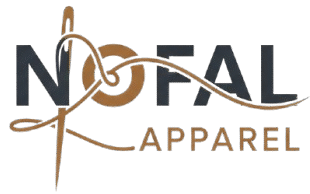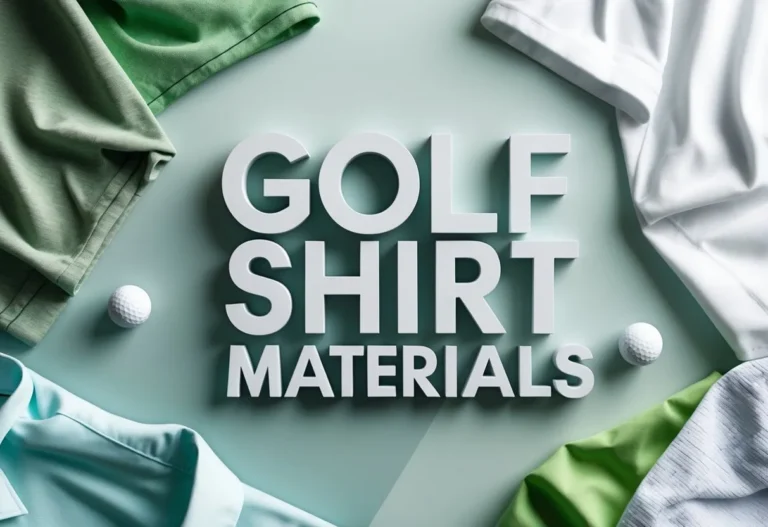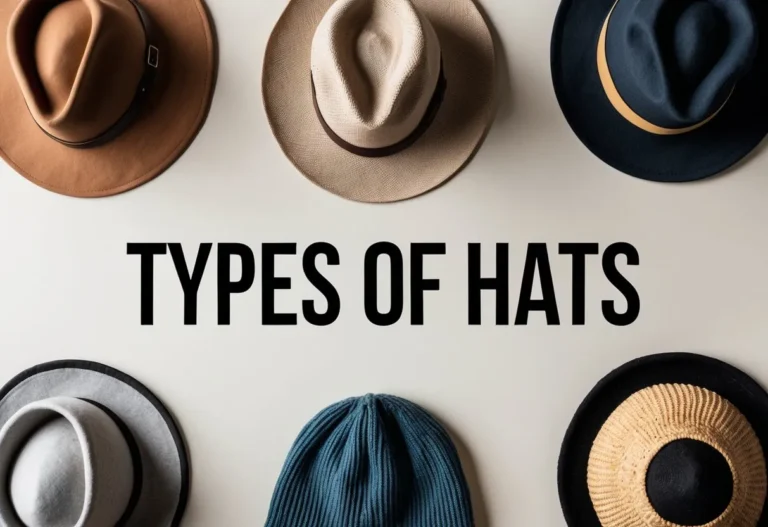Types of Patches are small pieces of fabric or material that can be added to clothing, bags, and other items for decoration, repair, or branding. They have been used for many years to show identity, express style, or fix damaged areas. Patches come in many forms, each with its own look and purpose.
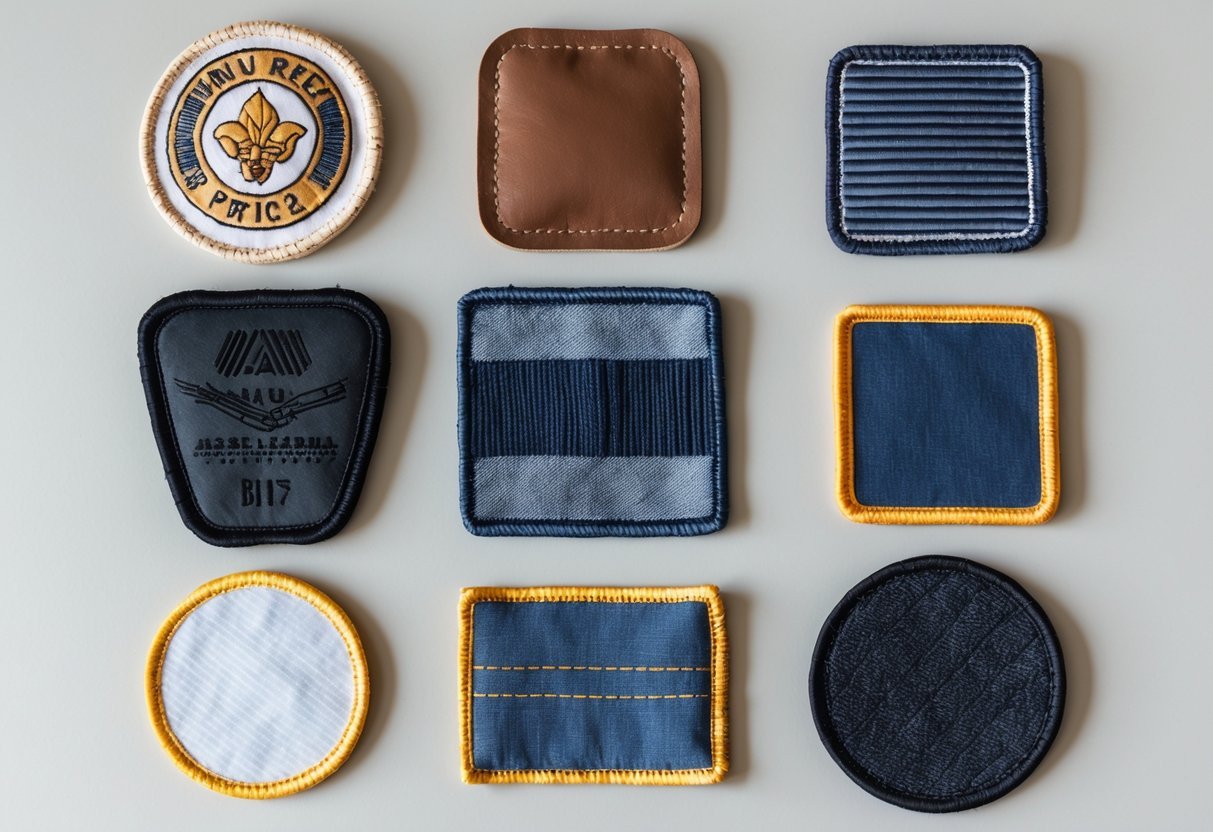
Understanding the different types of patches helps people choose the right one for their needs. Whether for personal style, team logos, or promotional use, knowing the options makes it easier to find the perfect patch. This article explores nine common types and how they can be used effectively.
1) Embroidered Patches

Embroidered patches are one of the oldest and most popular types of patches. They are made by stitching designs with thread onto fabric, creating a textured and raised surface.
These patches work well for simple, bold designs with clear lines. They do not show fine details or gradients well, so they are best for logos or images with solid colors.
Embroidery offers many thread color choices, allowing for accurate brand or image matching. This makes them ideal for personalizing clothing, hats, bags, and uniforms.
Embroidered patches come in various shapes and sizes, usually between 2 and 5 inches tall. They are durable and maintain their look after washing.
Overall, embroidered patches provide a classic, high-quality look. They are widely used because of their strong texture and clear design style.
2) Woven Patches
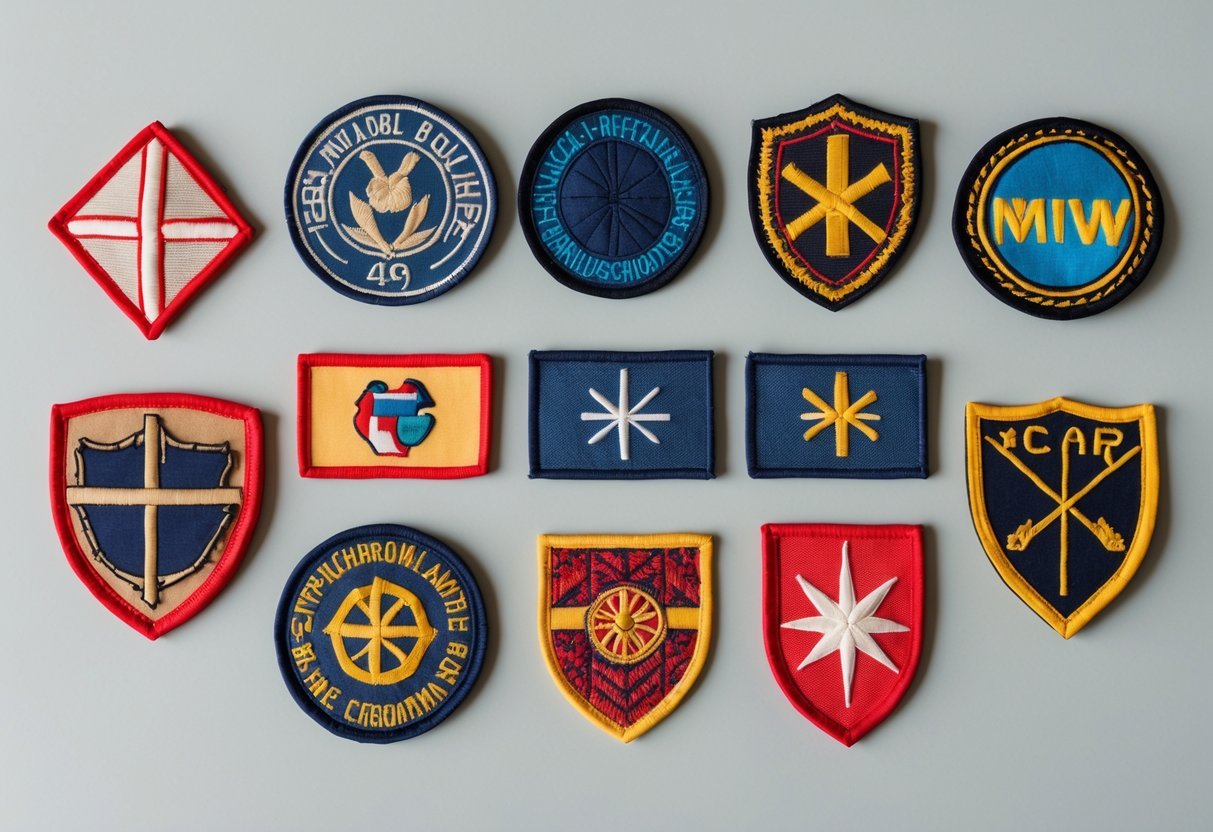
Woven patches are made by weaving thread together on a loom. This process creates a smooth and flat surface, which works well for detailed designs and fine lines.
They can be made in many colors and shapes. Because of this, organizations like sports teams, military groups, and businesses often use them for logos and branding.
Woven patches are good for showing detailed images that embroidery cannot capture. They also tend to be lightweight and easy to sew onto clothing or accessories.
These patches usually cost between $1.50 and $3.00 each, making them an affordable option for quality custom patches. Their smooth texture allows for clear and sharp artwork.
They work well on many fabrics but may not be the best option for thick or highly textured materials. Woven patches offer a clean look that suits both casual and formal styles.
3) Chenille Patches
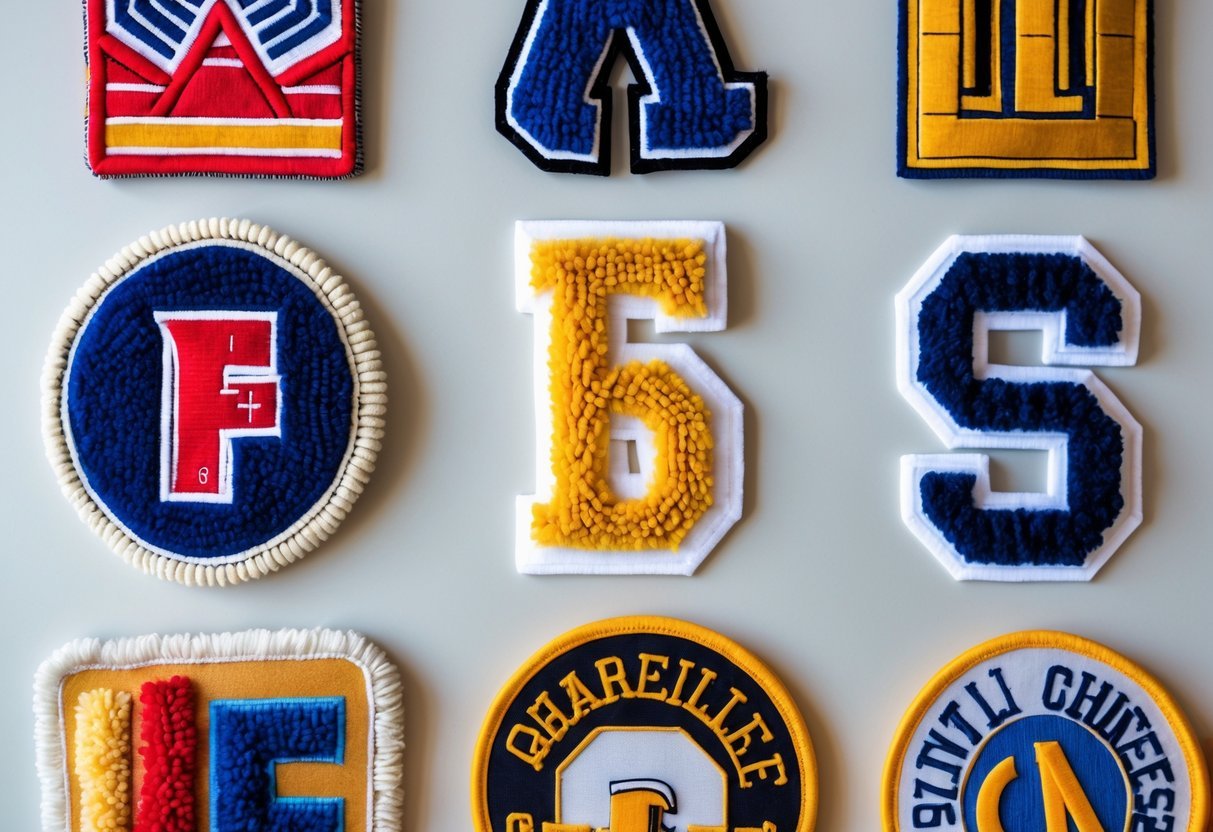
Chenille patches are made using a special yarn called chenille. This yarn has a soft, fuzzy texture caused by tiny loops or tufted piles. It gives the patch a raised, three-dimensional look.
These patches are often used on varsity jackets, hats, and sportswear. The texture makes designs stand out with a unique feel not found in flat patches.
Chenille patches can handle bold colors and simple shapes best. They are less detailed than embroidered patches but offer a strong visual and tactile effect.
They are attached by sewing and sometimes combined with backing materials like felt. Chenille patches work well for creating a classic or vintage style on clothing or accessories.
4) Leather Patches

Leather patches are popular for their strong and stylish look. They come in three main materials: genuine leather, fake leather, and fake suede. Each type offers a different feel and price point.
These patches can have embossed or debossed designs. Embossed patches have raised patterns, while debossed ones have indented designs. Both styles add texture and detail to clothing or accessories.
Leather patches are often used on jeans, jackets, bags, and even furniture. They provide a durable option that can handle wear and still look good over time.
They are chosen not only for their toughness but also because they add a classic, rugged style. Leather patches work well for brands or personal projects looking for a clean and functional look.
5) PVC Patches

PVC patches are made from a durable and flexible plastic called polyvinyl chloride. This material makes the patches strong and weather-resistant. They last longer than many fabric patches.
There are two main types of PVC patches: 2D and 3D. The 2D patches are flat and simple, offering an affordable option. The 3D patches have raised designs that add depth and a more detailed look.
PVC patches can be made in many colors, shapes, and sizes. They allow for precise and complex designs that fabric patches may not achieve. These patches are often used for uniforms, logos, and brands that need a clear, lasting image.
They usually come with different backing options, such as Velcro or adhesive, to make them easy to attach to clothing or gear. PVC patches are popular for their modern look and strong durability in outdoor or heavy-use settings.
6) Printed Patches
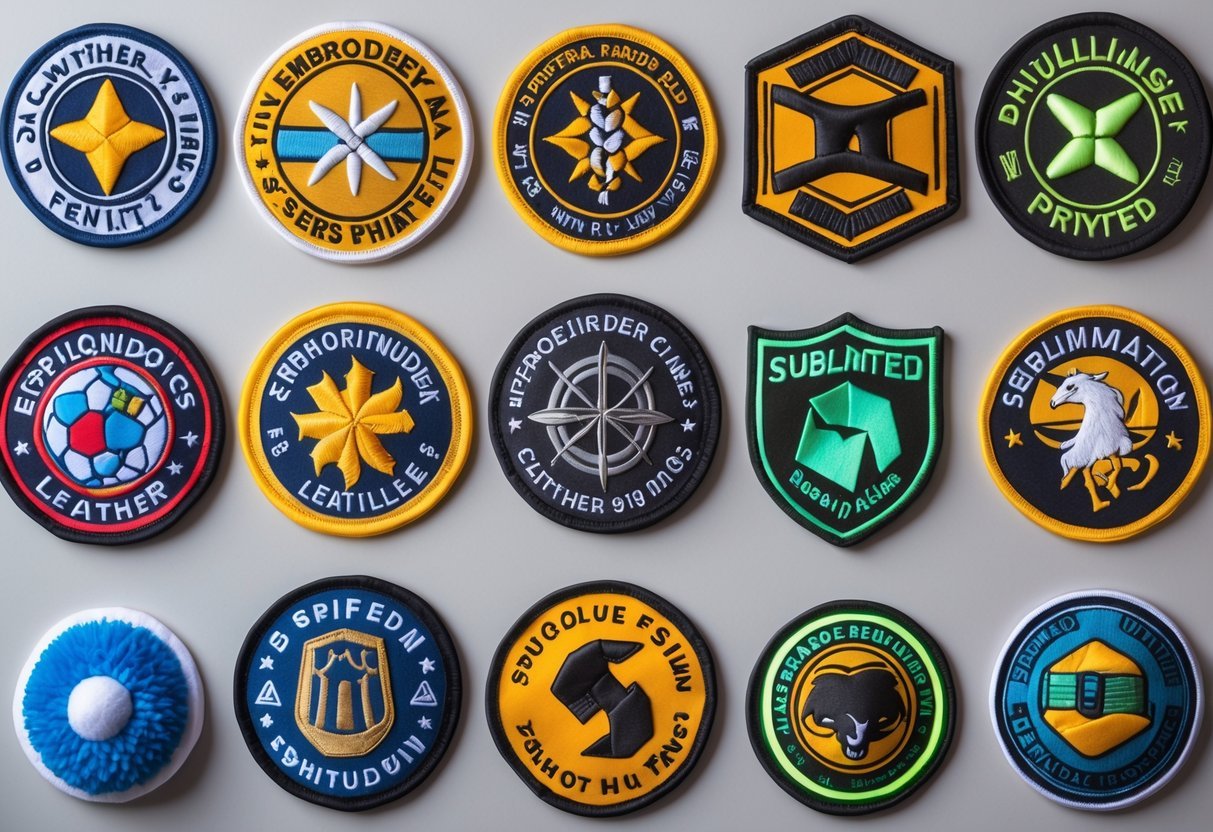
Printed patches use a special printing process to apply designs directly onto fabric. This allows for detailed and colorful images that may be hard to achieve with embroidery.
They work well for complex designs, logos, or pictures with many colors. The surface of printed patches is smooth, which gives a clean look.
These patches are usually made with durable inks that resist fading. They often come with an iron-on backing for easy application to clothes or bags.
Printed patches are a good choice for projects needing sharp detail and multiple colors. However, they may not have the raised texture found in embroidered patches.
They are popular for sports teams, businesses, or fashion pieces needing clear, detailed images without extra stitching.
7) Bullion Patches
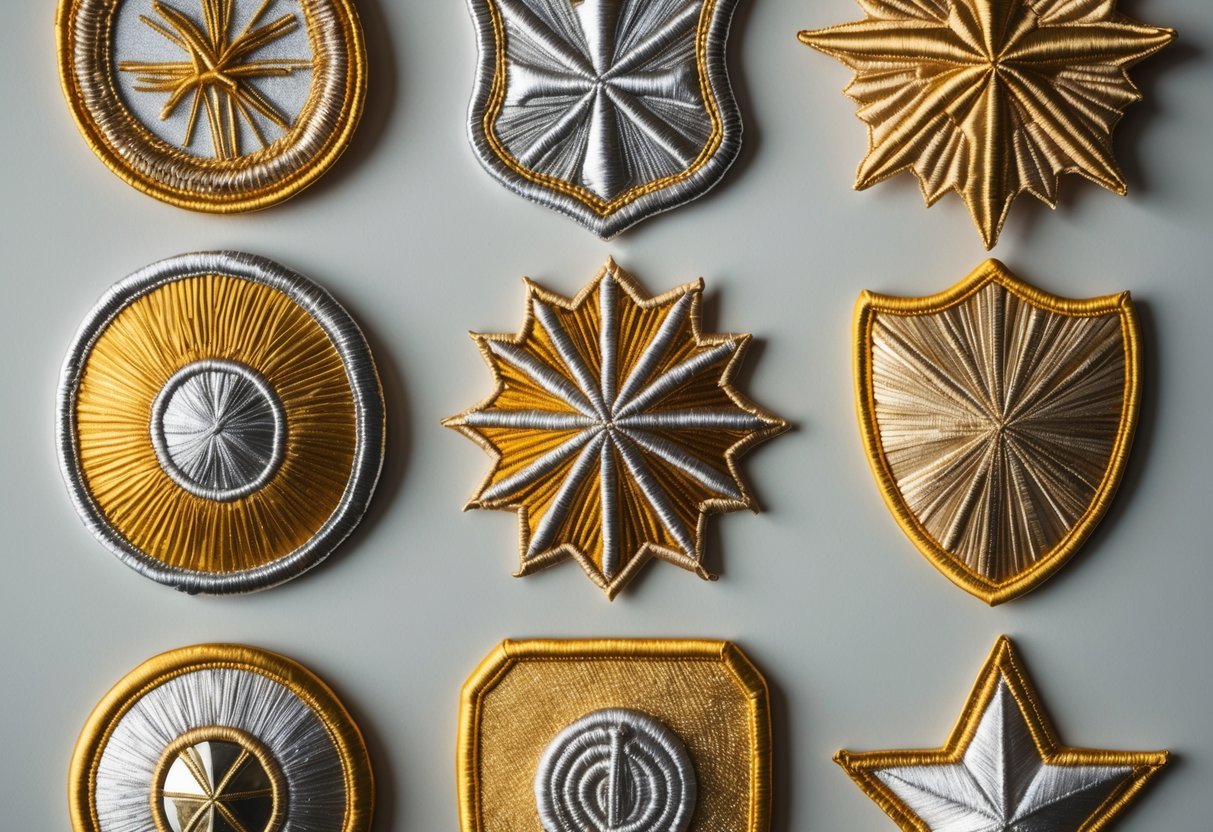
Bullion patches use metal threads, like gold or silver, to create raised and shiny designs. These patches have a detailed, luxurious look that stands out from regular embroidery.
They are often found on military or police uniforms. Bullion patches can show rank, achievements, or special honors. Their appearance is formal and ornate.
Making bullion patches requires shaping wire threads into patterns. This process makes them more durable but also more expensive than other patch types.
Because of their distinct style, bullion patches are used for ceremonial or high-end purposes. They add a rich, elegant touch to clothing or uniforms.
8) Heat Transfer Patches
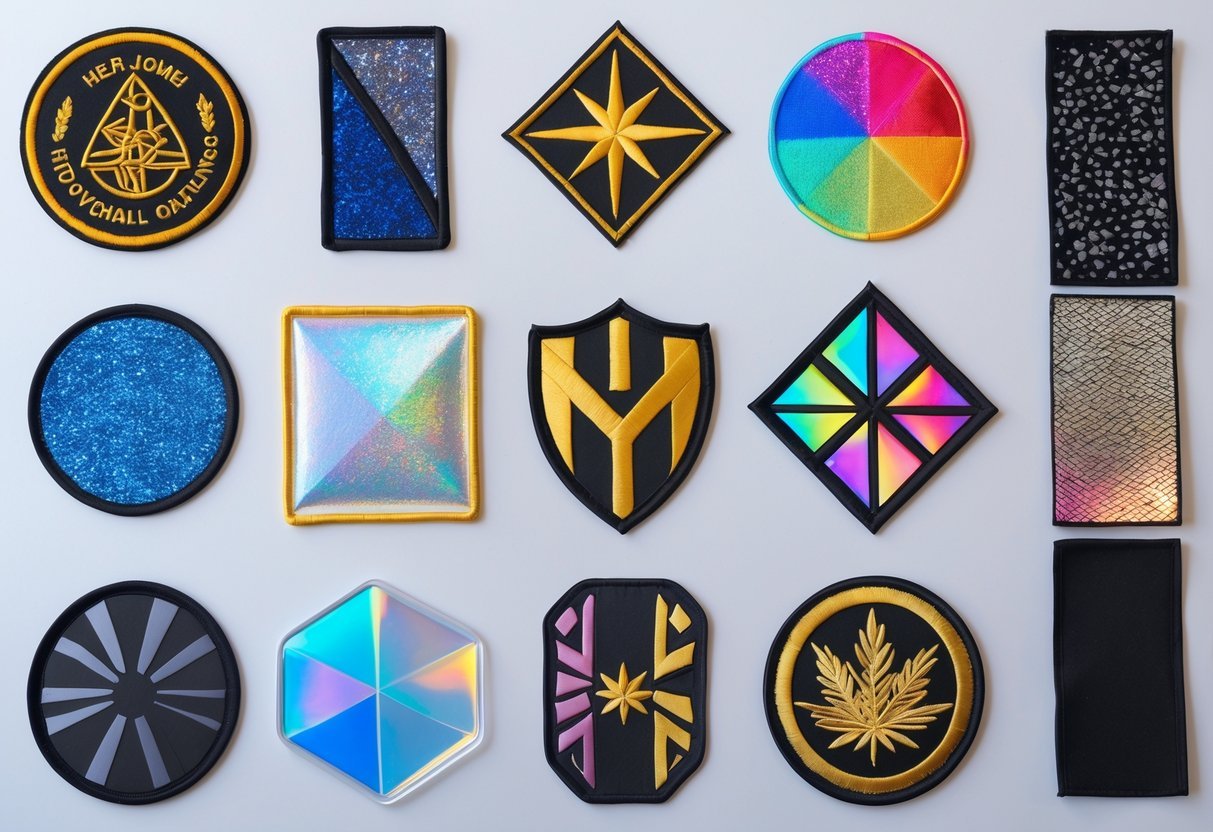
Heat transfer patches are made by printing designs onto special heat-sensitive materials. They use heat and pressure to stick permanently to fabric. This method does not require sewing, making the application quicker and easier.
These patches work well on many fabrics like cotton, polyester, and blends. They are often chosen for care and style, as they lay flat and feel smooth on the surface.
Heat transfer patches come in single color, gradient, or full-color designs. They can be used to repair clothing or add a decorative element.
One benefit is their versatility. They can be applied to a variety of items, including clothes, bags, and accessories, without much effort.
However, the heat in the application process means they may not be suitable for all fabrics, especially those sensitive to high temperatures.
9) Glow-in-the-Dark Patches
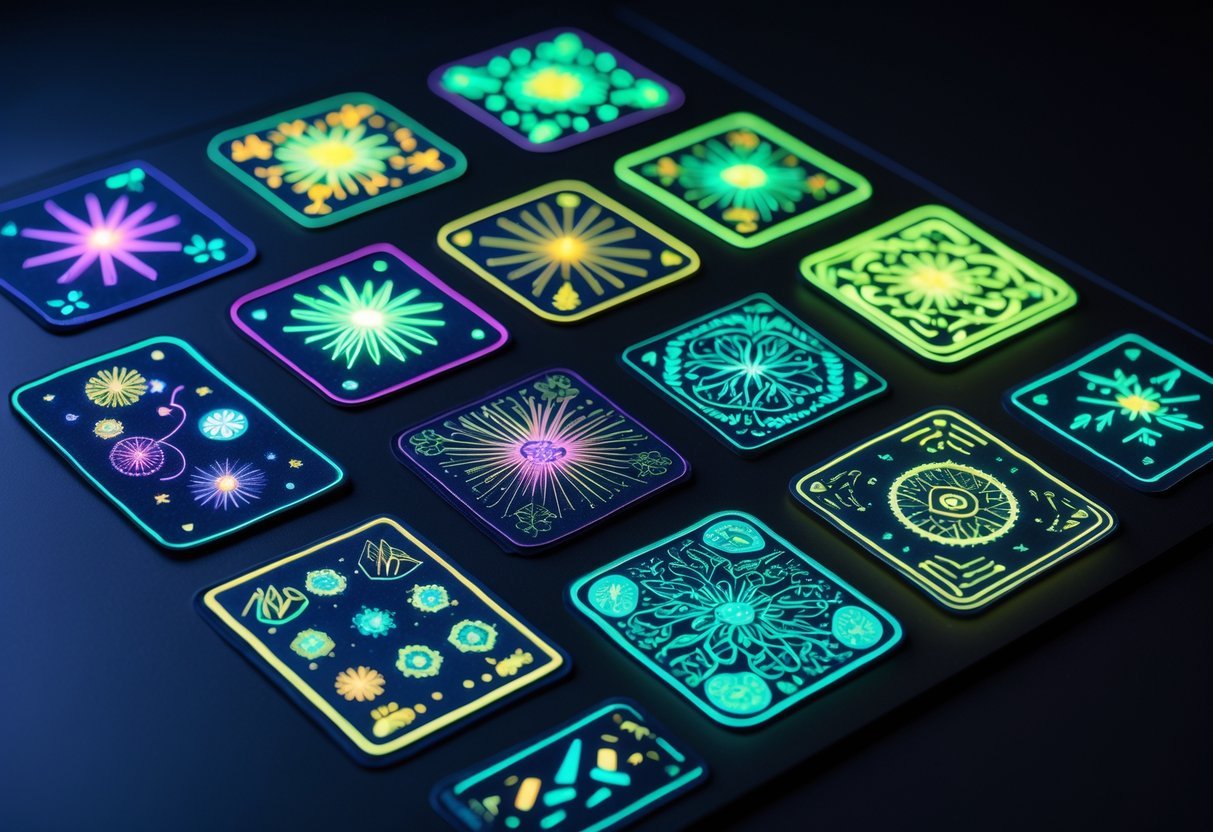
Glow-in-the-dark patches use special materials that absorb light and then emit it when it is dark. This makes them visible in low-light or nighttime conditions. They are often made with phosphorescent threads or coatings.
These patches are popular for both style and safety. They add a unique look to clothing and accessories like jackets, hats, and backpacks. At the same time, they help improve visibility in dim environments.
Many glow-in-the-dark patches are used in children’s clothing. This helps parents keep track of their kids in places with poor lighting. They are also common on uniforms or gear used in outdoor or tactical settings.
Glow-in-the-dark patches vary in price. Factors like size, design, and materials affect their cost. Bulk orders usually start at a few dollars per patch but can be higher for custom or specialty designs.
Their mix of fashion and function makes these patches a versatile choice for decoration and practical use.
Materials and Manufacturing Methods

Patches are made from a range of materials chosen for durability, texture, and appearance. Different production techniques shape how the patch looks and how it attaches to fabric. Both materials and methods impact the final quality and use of the patch.
Common Patch Materials
Fabric patches often use cotton, polyester, or nylon as the base. Cotton is soft and breathable but less durable. Polyester and nylon offer stronger resistance to wear and fading.
Other materials include leather, which adds a sturdy, premium feel, and PVC, a flexible plastic known for its waterproof and tough surface.
Threads play a key role in embroidered patches. They usually use polyester or rayon thread for colorfastness and shine. Backings vary too; some patches have iron-on adhesive, others use hook-and-loop or plain fabric for sewing.
Techniques Used in Patch Production
Embroidery is the most common method, stitching thread into the base fabric for detailed, textured designs. It is durable and works well for logos and symbols.
Woven patches use thinner threads woven tightly to create smooth, printed-like designs with fine details.
PVC patches are molded from plastic, offering bold colors and a 3D look. They resist water and damage better than fabric patches.
Other methods include chenille for raised, fuzzy textures and printed patches where images are directly printed onto fabric for colorful designs without thread.
Practical Uses and Applications
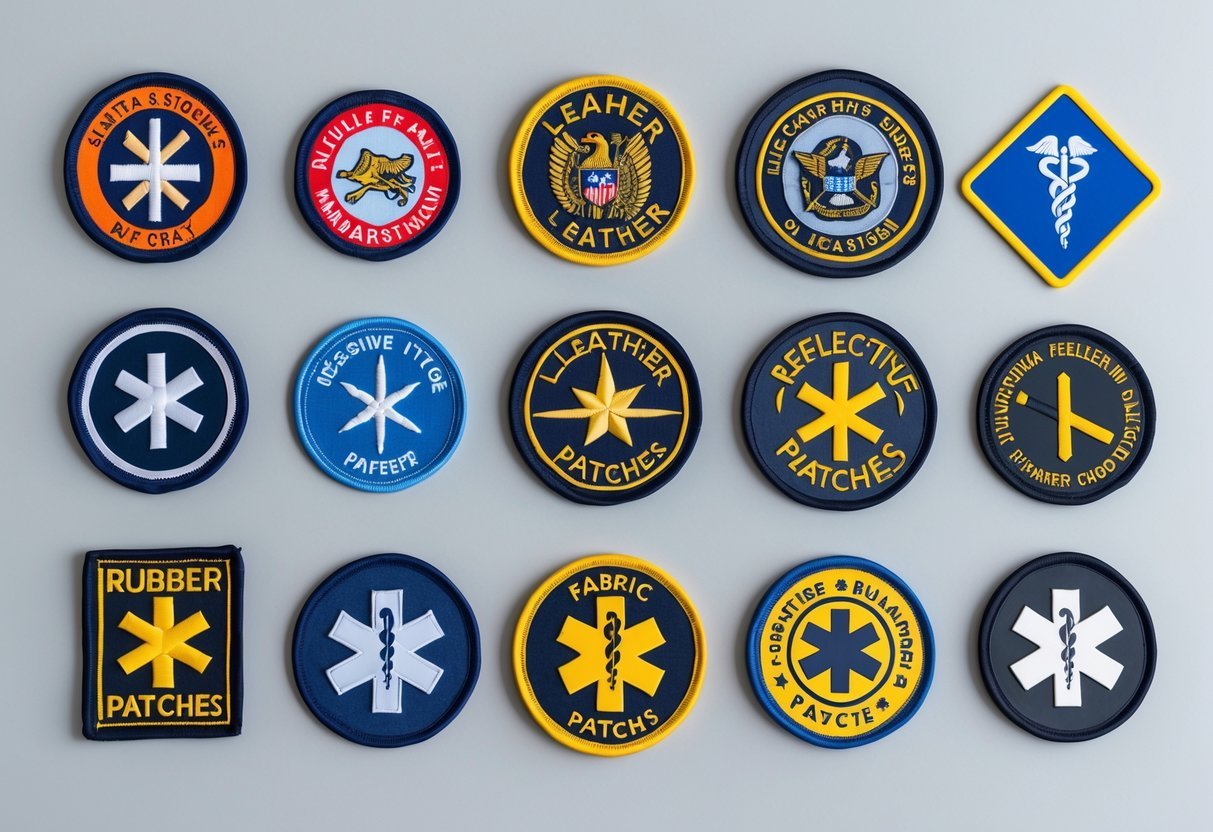
Patches serve both decorative and functional purposes. They can change the look of clothing or communicate important information about the wearer. This versatility makes patches useful in many settings.
Fashion and Apparel Decoration
Patches add style and personality to clothing. People use embroidered, woven, chenille, or PVC patches to decorate jackets, jeans, hats, and backpacks. These patches come in various shapes, colors, and designs, allowing for unique customization.
Many fashion brands use patches to create limited edition pieces or express trends. Patches attached with iron-on backing or sewing allow for easy application and removal. They can cover holes or stains on clothes, extending the life of the garment while enhancing appearance.
Seasonal and pop culture-themed patches are common choices for decorating apparel. They offer a simple way to stay trendy or showcase interests visually without changing the entire item.
Identification and Branding
Patches are essential for identification in many groups and professions. Police, military, scouts, and sports teams rely on patches to display rank, affiliation, or accomplishments clearly.
Custom patches help organizations create a unified look for uniforms. They include logos, names, and symbols that distinguish members and establish authority or team spirit.
Businesses also use patches to promote their brand. Employees wear branded patches on uniforms or accessories for easy recognition and professional appearance.
With many patch types available, organizations can choose materials and styles that match their durability needs and design preferences.
Frequently Asked Questions
Patches come in many types and can be attached to clothing in various ways. They serve different purposes, from decoration to medical treatment. Software and skin also involve specific patching methods that vary by use.
What are the different types of fabric patches available for clothing?
Common fabric patches include embroidered, woven, chenille, leather, and PVC. Embroidered patches use thread to create raised designs. Woven patches are smooth and detailed. Chenille patches have a fuzzy texture often used for varsity letters. Leather patches add a durable, classic look. PVC patches are flexible and waterproof.
How can patches be applied to garments and textiles?
Patches can be sewn on, ironed on with heat-activated adhesive, or attached with Velcro. Sewn patches are the most secure. Iron-on patches use glue that melts under heat to stick to fabric. Velcro patches offer easy removal and swapping on gear or uniforms.
What are the most common uses for medical patches?
Medical patches deliver medication through the skin. They are used for pain relief, hormone therapy, nicotine replacement, and motion sickness prevention. The patch slowly releases the drug over time for consistent dosing.
Can you provide an overview of patching methods for software?
Software patches fix bugs, update features, or improve security in programs. They are applied by downloading and installing updates. Some patches require restarting the system to take effect. Patching helps keep software safe and efficient.
What are the various reasons for patches on the skin and their meanings?
Skin patches can be signs of skin conditions like eczema, psoriasis, or infections. They might also result from allergic reactions or sun damage. Some patches are harmless, while others need medical evaluation.
What are some alternatives to traditional patching techniques?
Alternatives include adhesive-backed patches that stick without sewing or ironing. Heat-press and ultrasonic bonding methods create strong attachments using pressure or sound waves. Some use magnets or clips to hold patches in place without damage.
